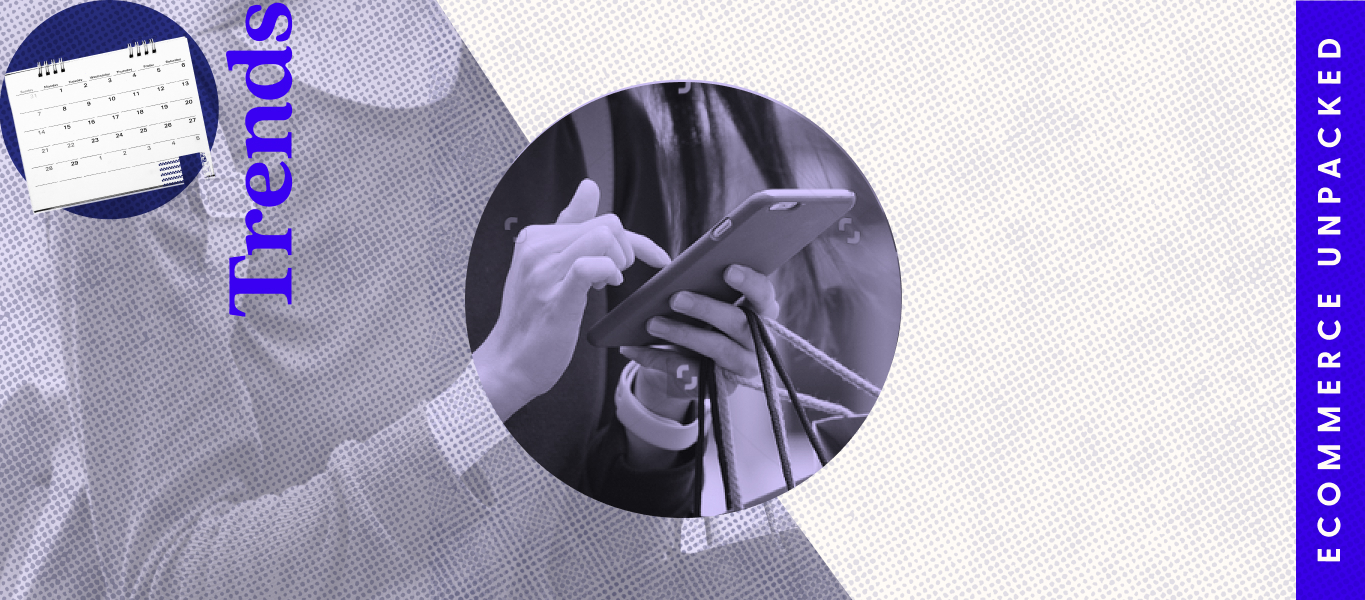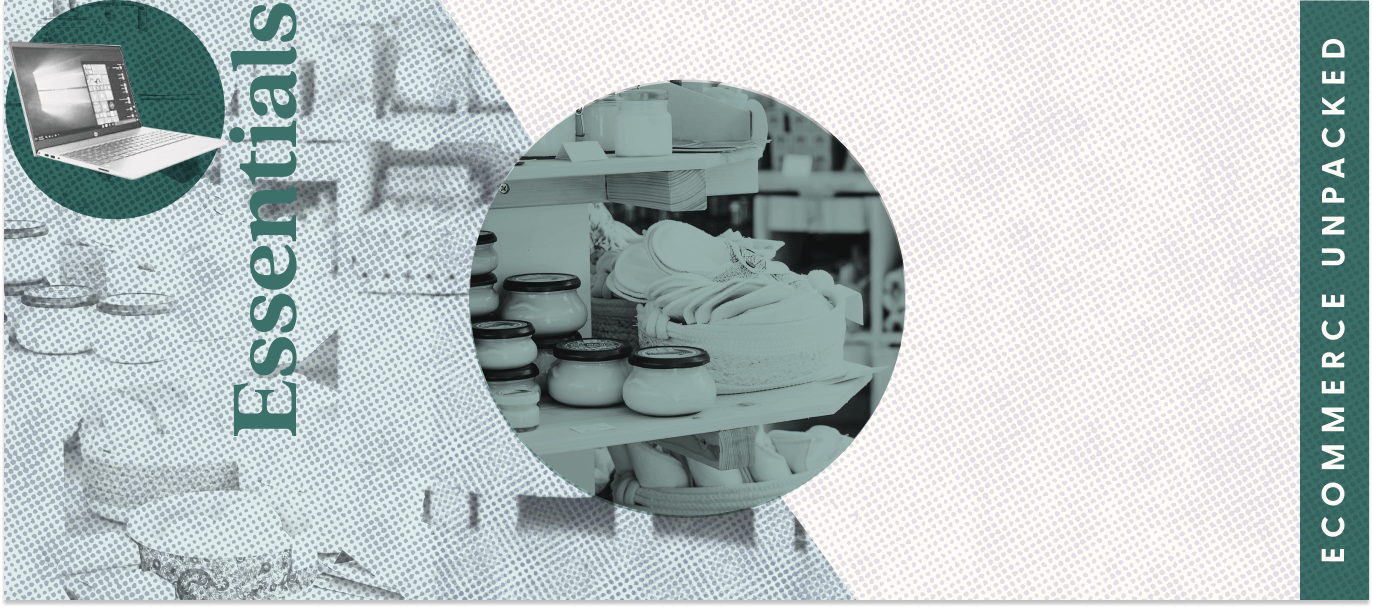Business-to-business (B2B) ecommerce is becoming more popular as existing businesses and entrepreneurs look for innovative ways to improve their services and solve their problems.
Interested in seeing what solutions other B2B businesses are using, and which might work for you? Here are the top B2B ecommerce trends and opportunities we’re seeing for 2023.
Key takeaways
- Launching subscription services, providing direct-to-consumer (DTC) communications, and improving client onboarding are among the most popular emerging trends in B2B ecommerce.
- Targeting multiple languages and geographies is a key expansion focus for many B2B ecommerce operations.
9 ecommerce trends to watch in 2023
1. Offering rentals to customers
An increasing number of B2B ecommerce entrepreneurs are choosing to offer specialist equipment rentals on a subscription basis, with management and maintenance services baked into the price. This model reduces upfront costs for their customers while sparing them the additional costs, stress, or obligations that can come with maintenance and ownership of the equipment.
For example, a B2B customer might choose to pay for a subscription service instead of buying telemetry sensors and hiring an employee to monitor them. They would then look for a provider to install the sensors, monitor the data systems, and deliver the results of the measurements, packaged to meet the specific needs of their ecommerce platform.
2. Integrating systems for multi-channel selling
Another growing ecommerce trend is integration, in which backend technology is incorporated into the larger technology stack to manage certain functions, like inventory management or order fulfillment.
With a growing number of available integration partners on the market today, business owners can connect backend systems like enterprise resource planning (ERP) or third-party logistics into their ecommerce platforms. These integrations can help prevent costly data processing errors and boost operational efficiency.
3. Increased B2B content marketing campaigns
Content marketing may have originated in the B2C ecommerce world, but it’s become an increasingly important approach for B2B ecommerce companies, as well. By creating content for multiple decision makers at different stages of the marketing funnel (awareness, consideration, comparison, purchase, and beyond), B2B marketers can gain new understanding of their clients and optimize their customer experience.
This trend makes sense given the potential benefits of content marketing, which include building organic search visibility, increasing referral and organic traffic, and boosting social engagement.
4. Moving from “Big Data” to “small and wide”
Much has been written about the rise of Big Data. Data-based decision making allows B2B businesses to produce real-time insights that help optimize performance. That said, the industry is transitioning from hoarding as much data as possible to collecting “small and wide” data (a variety of data which is sourced from a single organization). This is because improved AI is now able to do more with less, aiding in fraud prevention, creating 360-degree views of customer behavior, and hyper-personalizing offerings to users—all with small and wide rather than big data.
5. Onboarding & B2B client management
B2B businesses are investing in more robust client onboarding and client management tools to reduce friction, proactively address customer pain points, and answer frequently asked questions. Doing so makes it easier for clients to get value from doing business with you, helping boost their satisfaction and loyalty.
6. AI-based upselling & cross-selling
An increasing number of B2B businesses are using machine learning (ML) and artificial intelligence (AI) to more accurately predict purchase behaviors based on each visitor’s browsing and buying history. While not all business models have the required data volume for AI, ERP and CRM systems can use ML elements to support cross-selling and upselling.
7. Enterprise resource planning (ERP) integration
Most ERP solutions cover all aspects of a firm’s business operations, including finance, logistics, planning, production, and order processing. Other ERP providers include information technology (IT) services and professional or financial services providers.
B2B businesses are incorporating ERP to enable automated processes, eliminate ordering errors, provide accurate pricing, and boost inventory visibility.
8. International expansion with a multilingual B2B catalog
More and more B2B businesses are seeing the benefits of going global. Even traditionally brick-and-mortar companies are increasing their internet presence and providing customer portals in different languages in order to access the worldwide market.
9. Headless & API-driven ecommerce
Headless commerce enables an online store’s ecommerce platform to be decoupled from the frontend presentation layer. This allows B2B businesses to provide flexible payment options, improve SEO, and take advantage of content marketing and other crucial digital experience capabilities.
How to determine which trends are right for your ecommerce business
Curious about how to apply these trends to your own business? Follow these simple pointers to help you uncover the strategies that can most benefit your bottom line.
Watch industry influencers & publications
Following relevant blogs and industry news is a great way to stay in the loop. Monitor publications related to your specific niche and watch other markets that affect your customers to get the whole picture.
Read updated industry research & trends reports
By gathering data on your industry, you’ll be able to more effectively determine which changes you should make to get ahead and stay ahead. Find a few trusted sources and keep track of their reports—don’t just rely on word of mouth.
Use digital solutions & analytics to assess customer behavior
Many trends might work for some businesses, but not others. You can use your customer data to determine if a trend is right for your business.
Consider using more than one data collection tool so you can gain insights from multiple sources. Use the information to see the overall trends in your industry.
Watch your competitors
Although you shouldn’t copy everything your rivals do, take note of the trends they take part in, then investigate whether the same moves might benefit your business.
Get feedback
Don’t be shy about asking your clients about their experience. At the end of the day, one of the best ways to improve a business is asking your customers what they want.
This process can help you create more specific business plans for the future. You never know—your next great idea might come from one of your customers.
FAQs about B2B ecommerce trends
1. How should I develop a B2B sales strategy?
- First, learn everything you can about your clients and their needs.
- Then, identify a unique selling proposition (USP) for your B2B business and build out a customer relationship strategy around your USP.
- Create an action blueprint that highlights how you want to achieve your sales goals.
- Finally, develop a sales target based on both your potential buyers and current customers.
2. How can I improve B2B ecommerce security?
There are many ways to boost the security systems of a B2B organization. One strategy is to use a virtual private network (VPN). You can also protect your ecommerce platform with a failover system, which lets you switch to backups should your primary environment become unavailable.
3. What is the best way to improve customer service for B2B ecommerce?
Personalization can be one of the most important keys to improving customer service for B2B ecommerce. This requires an understanding of the needs of your different user personas, which can then inform the personalization efforts for your copy, features, and any relevant workflows. By personalizing your customer service, you can more effectively reach your current buyers and prospects and increase brand loyalty.



